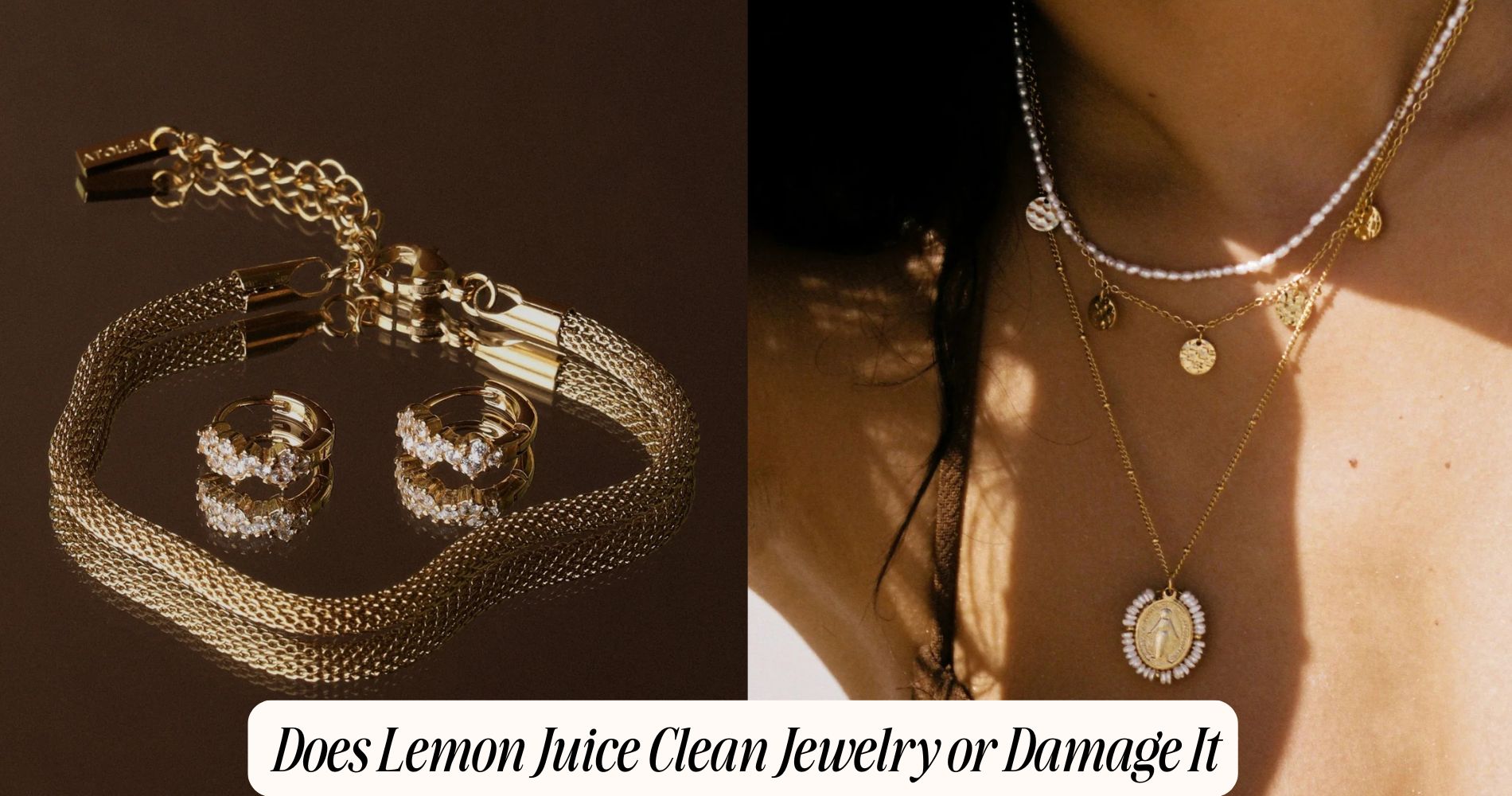
Does Lemon Juice Clean Jewelry or Damage It
Does lemon juice clean jewelry? Yes—but with caution. While its citric acid can lift grime and brighten metals, it may also damage many pieces. You can safely use a mild 1:4 lemon-to-distilled-water solution on high-carat gold (18K–24K), platinum, and palladium—briefly—then rinse and dry thoroughly. Avoid using it on silver with stones, low-karat gold, copper alloys, steel, aluminum, or porous gems like pearls, opal, turquoise, and malachite, as it can etch or weaken them. For everyday shine, stick to pH-neutral cleaners instead. Want safer, long-lasting sparkle? Explore our Waterproof Jewelry designed to resist tarnish and damage.
How Lemon Juice Works on Metal Surfaces
Although it’s a natural cleaner, lemon juice alters metal surfaces through chemistry, not magic. You’re applying citric acid and a low pH solution that dissolves surface oxides and disrupts tarnish layers.
These lemon acidity effects stem from acid-base reactions and chelation: citrate ions bind metal ions, lifting corrosion products. Simultaneously, the metal oxidation process can accelerate if acid remains, promoting pitting or etching in susceptible alloys.
You should control contact time, dilute the juice, and rinse thoroughly with deionized water to remove residual ions. Dry immediately to limit flash corrosion.
Avoid abrasive scrubbing that drives acidic particulates into micro-scratches. Test on an inconspicuous area, document any color change, and stop if you see hydrogen bubbling, sulfur odors, or smearing—signals of active corrosion or alloy leaching.
Metals That Can Tolerate Lemon Juice
When you clean jewelry with lemon juice, favor metals that resist short, mild acid exposure—chiefly high-carat gold (18K–24K), platinum, and palladium, which form stable, nonreactive surfaces and lack base-metal constituents that readily leach.
These noble metals exhibit strong corrosion resistance, so brief contact with dilute citric acid typically won’t etch or pit them. You’ll still rinse promptly and dry thoroughly to prevent crevice corrosion at joints.
High-carat gold shows excellent gold tolerance because it contains minimal copper or nickel. Platinum and palladium maintain passivity and don’t tarnish, preserving luster after a quick acid wipe.
Sterling silver can be cautiously cleaned if you confirm no porous solder or plated regions; its silver resilience depends on immediate rinsing, minimal dwell time, and avoiding abrasive additives that scratch or disrupt protective films.
Jewelry Materials You Should Never Clean With Lemon
Favoring noble metals doesn’t make lemon juice universally safe; some materials react aggressively to acids and suffer irreversible damage.
Avoid cleaning copper alloys (brass, bronze) with lemon. Citric acid accelerates dezincification and pitting, weakening settings.
Don’t use lemon on nickel, cobalt, or steel components; acid promotes corrosion and tarnish blooms that trap moisture.
Skip aluminum—acid removes protective oxide and causes rapid dulling.
For gold jewelry below 18k, base-metal alloying increases susceptibility to etching at solder seams; porosity can worsen.
Sterling silver jewelry (92.5% Ag) also risks copper-rich surface depletion, leading to uneven matte patches and micro-pitting.
Porous organics—pearls, coral, shell, bone, ivory—lose luster and structural water under acidity.
If you’re uncertain about metal composition, default to pH-neutral cleaners.
Risks to Gemstones, Enamels, and Platings
Even a mild acid like lemon juice can etch, dehydrate, or undermine many non-metal elements on jewelry.
You’ll see gemstone sensitivity vary: porous or organic gems (opal, pearl, coral, turquoise) can lose bound water, craze, or discolor. Carbonates such as malachite and lapis lazuli react with acids, causing surface pitting and color loss.
Heat-treated or fracture-filled stones risk leach-out of fillers and increased fissure visibility.
On enamels, acidity promotes enamel degradation by attacking the glass matrix at microcracks, leading to matte patches, undercut edges, and loss of gloss.
Platings are especially vulnerable: acids accelerate galvanic corrosion, thin rhodium or gold layers, and expose base metals, which then tarnish faster.
Adhesives holding inlays can soften, releasing stones or enamel segments.
Step-by-Step: If You Choose to Use Lemon Safely
Although lemon is a mild acid, treat it like a controlled chemical. For jewelry cleaning, verify material first: avoid porous gems, organic materials, plated finishes, and heat-treated stones. Limit use to solid gold or platinum without fragile settings. Perform a spot test on an inconspicuous area.
Prepare a 1:4 solution of lemon juice and distilled water. Don nitrile gloves and eye protection. Remove debris with a soft brush under lukewarm water. Submerge the item for 30–60 seconds only; don’t exceed two minutes. Gently agitate; don’t scrub prongs or seams.
Immediately rinse under copious distilled water for 60 seconds. Neutralize residual acid with a brief dip in a 1% baking soda solution, then rinse again. Pat dry with lint-free cloth, then air-dry fully before wear or storage.
Safer Everyday Cleaning Alternatives
For routine care, choose non-acidic methods that won’t etch metals or compromise settings. Use lukewarm water with a few drops of pH-neutral dish soap; agitate gently, then brush crevices with a soft, new nylon toothbrush. Rinse with distilled water to prevent mineral deposits, and dry with a lint-free microfiber cloth to reduce abrasion.
Adopt natural cleaning solutions that are verified inert for your materials: mild soap, distilled water, and microfiber are eco friendly alternatives that minimize chemical exposure.
Ultrasonic cleaners are acceptable for hard, non-porous stones when manufacturer guidance confirms suitability; avoid for treated gems, pearls, and opals. Store pieces separately in soft pouches, and wipe after wear to remove skin oils, sunscreen, and sweat.
Schedule periodic professional inspections to verify prong integrity and clasp function.
How to Remove Tarnish Without Harsh Acids
You’ve kept daily care gentle; now address tarnish with non-acidic chemistry that protects metals and stones.
Use mild, alkaline methods instead of acids. For sterling silver, dissolve a tablespoon of sodium bicarbonate in warm water; apply as a paste with a soft brush, rinse, and dry.
For heavy sulfide tarnish, line a bowl with aluminum foil, add hot water with baking soda and a pinch of sodium chloride; immerse silver briefly to drive an electrochemical reduction, then rinse thoroughly.
For gold and platinum, use non-ammoniated dish soap and a soft brush. Avoid abrasives on plated items.
For porous gemstones, stick to neutral pH natural cleaners and a damp microfiber cloth only.
Finish by drying completely to support tarnish prevention and avoid crevice corrosion.
Storage and Maintenance Tips to Prevent Tarnish
Two simple habits keep jewelry bright: control moisture and limit reactive exposure. For tarnish prevention, you’ll reduce sulfur, oxygen, and humidity contact.
Store silver and low-carat gold in airtight jewelry storage with silica gel or molecular sieve desiccants; replace when color indicators change. Use anti-tarnish strips containing activated charcoal or copper scavengers, and separate metals to prevent galvanic reactions and scratches.
After wear, wipe items with a non-abrasive microfiber to remove sweat, lotions, and chlorides.
Maintain a routine: remove jewelry before swimming, workouts, cleaning, or applying cosmetics. Keep pieces away from sulfur sources—rubber bands, wool, felt, eggs, and certain paper.
For chains and porous gemstones, store flat in inert polyethylene or acid-free pouches. Inspect clasps and prongs quarterly; address loose settings before corrosion traps contaminants.
Frequently Asked Questions
Does Lemon Juice Affect Skin When Wearing Recently Cleaned Jewelry?
Yes. Residual lemon juice can cause skin irritation and exacerbate allergic reactions, especially with nickel-containing alloys or broken skin. Rinse jewelry thoroughly, neutralize acids with mild soap, dry completely, and monitor for redness, itching, or burning. Discontinue wear if symptomatic.
Can Lemon Juice Remove Odors or Residues From Antique Jewelry Boxes?
Yes, but it’s risky. You can lightly deodorize using a sealed sachet with lemon zest nearby, not applied directly. Prioritize antique preservation and jewelry care: avoid acids, test materials, monitor humidity, use archival boxes, and consult conservators for persistent residues.
Will Lemon Juice Attract Insects if Used Near Stored Jewelry?
Yes—Lemon juice can promote insect attraction due to sugars, acids, and scent volatiles. For jewelry storage, avoid citrus-based cleaning methods; use sealed containers, silica gel, and neutral cleaners. Wipe residues promptly to reduce pest risk and corrosion potential.
How Do I Neutralize Lemon Scent Left on Jewelry?
Rinse thoroughly with lukewarm water, then soak in a baking soda solution (1 tsp per cup) for 10 minutes. Pat dry, air out. Use fragrance-free scent neutralizers like activated charcoal nearby. Follow jewelry care guidelines; avoid porous stones.
Is Lemon Juice Safe for Cleaning Jewelry-Making Tools and Benches?
Yes, but only cautiously. You can wipe benches and stainless tools with diluted lemon juice, then rinse and dry immediately. Avoid carbon steel, aluminum, and porous surfaces. For jewelry maintenance, prefer pH-neutral cleaning solutions and isopropyl alcohol for safe disinfection.
Conclusion
Bottom line: you can use diluted lemon juice on solid, non-porous metals like sterling silver or gold, but it’s risky. Acids etch copper alloys, pit aluminum, and strip platings; they also damage porous or treated gemstones and enamels. If you try it, spot-test, dilute 1:4 with water, limit contact time, rinse thoroughly, and dry. Prefer mild soap, distilled water, and microfiber. For tarnish, use silver dip/paste or baking soda slurry. Store dry, airtight, and anti-tarnish protected.







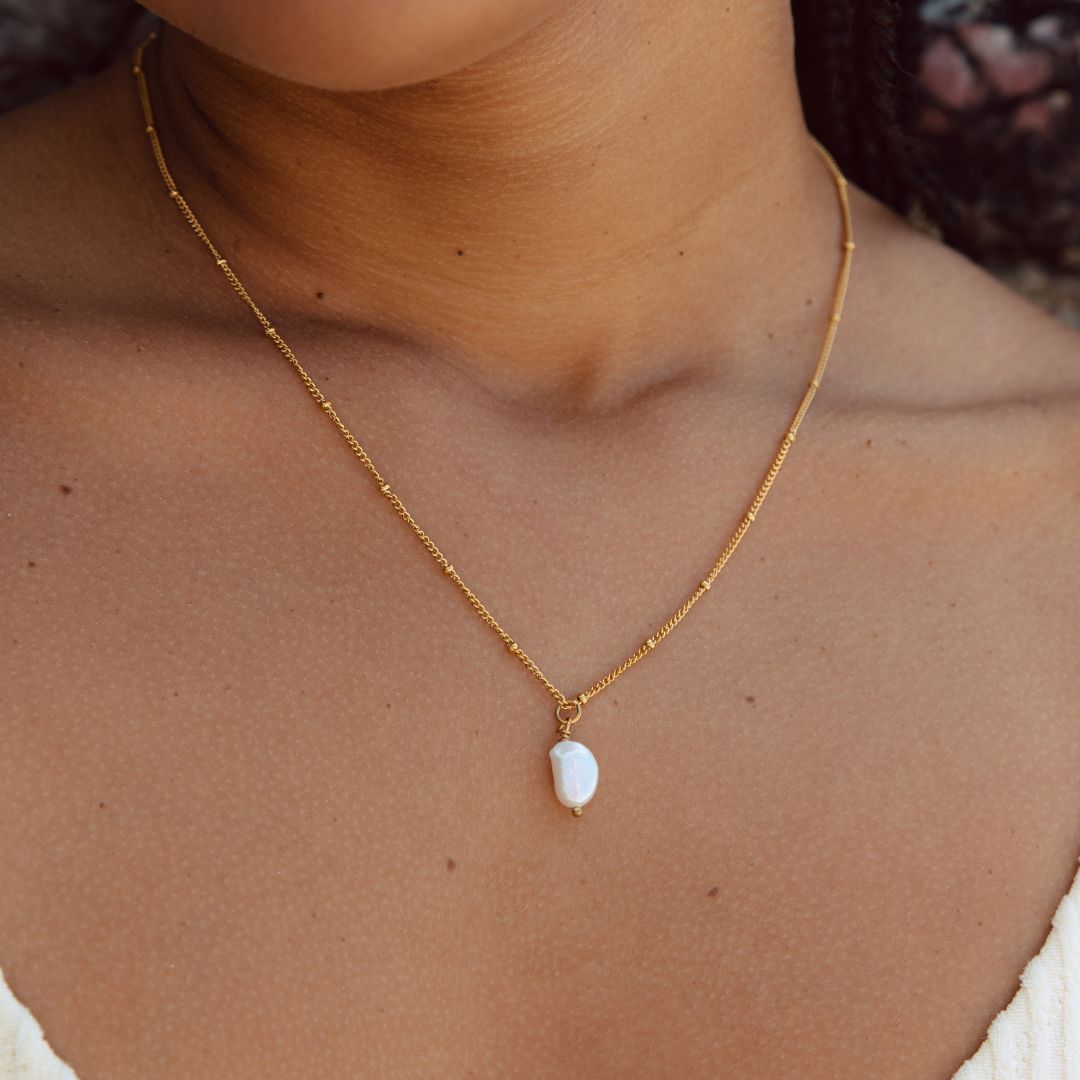

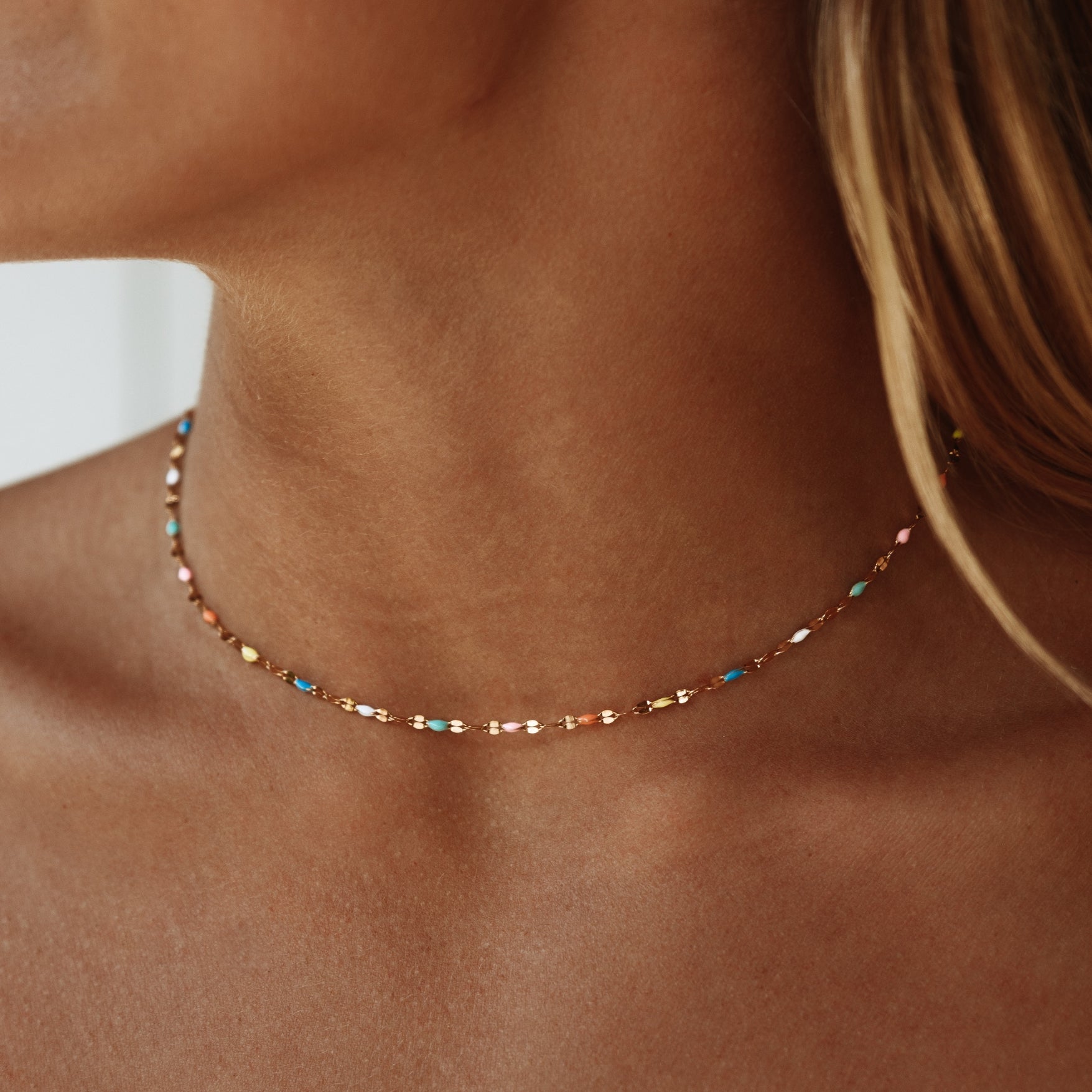
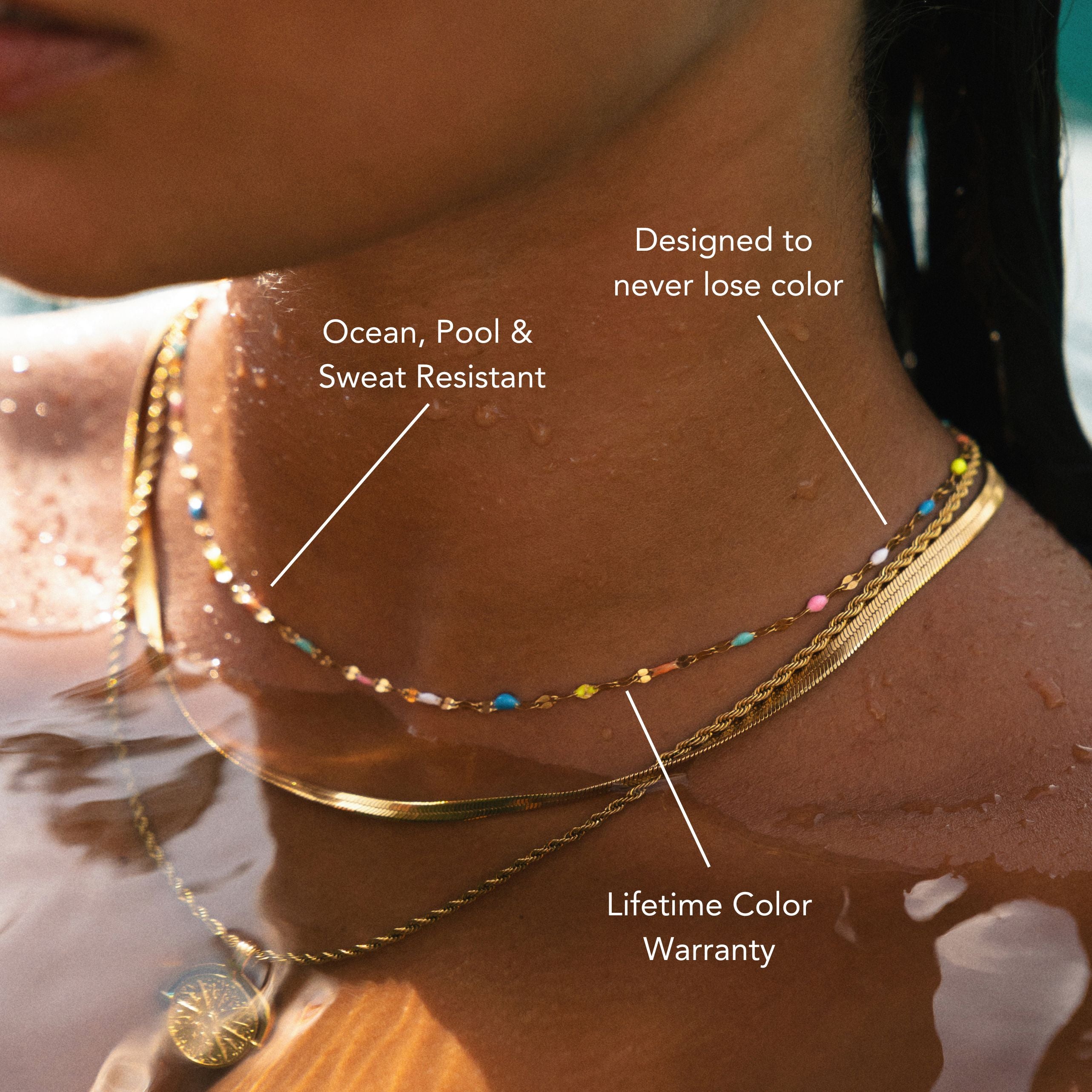
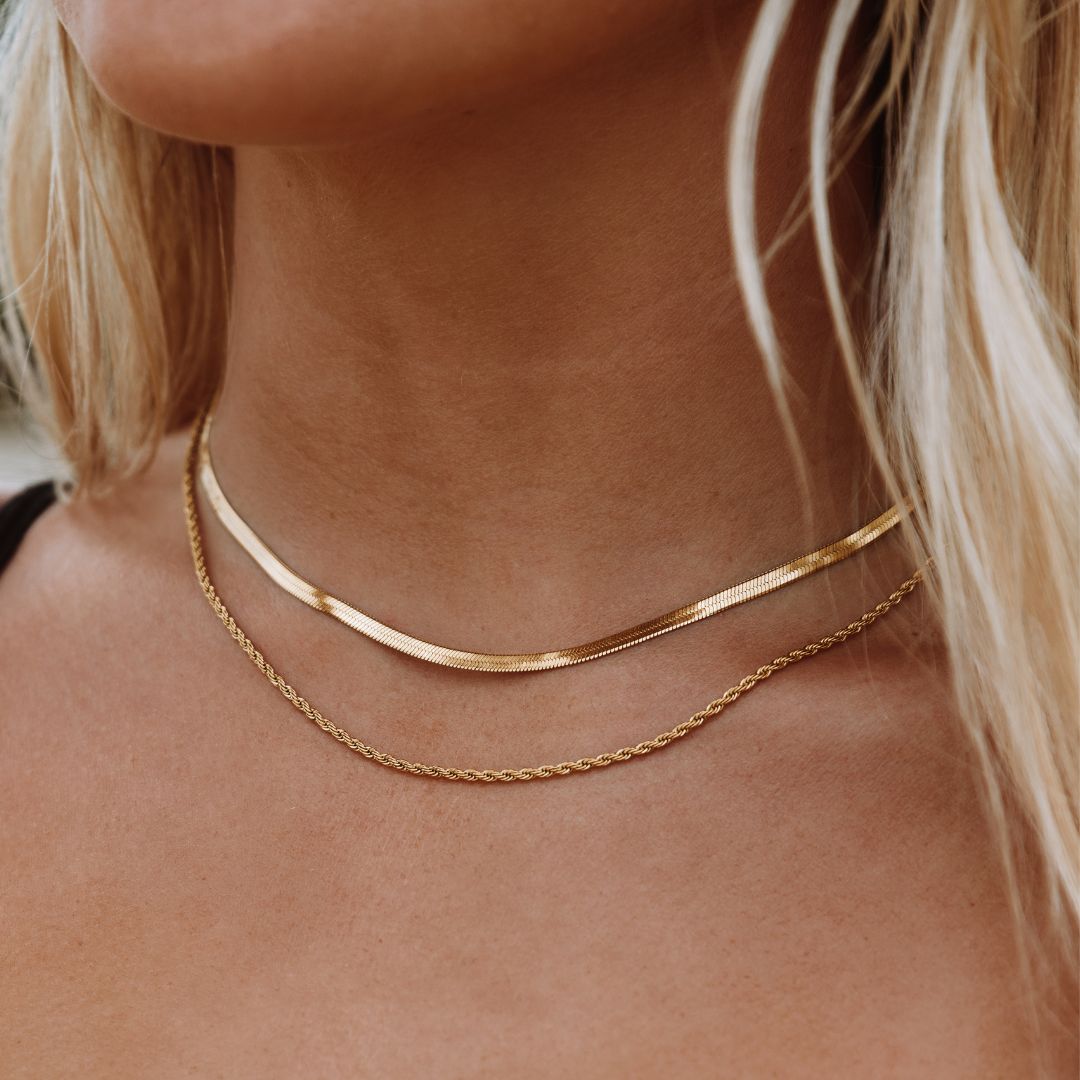
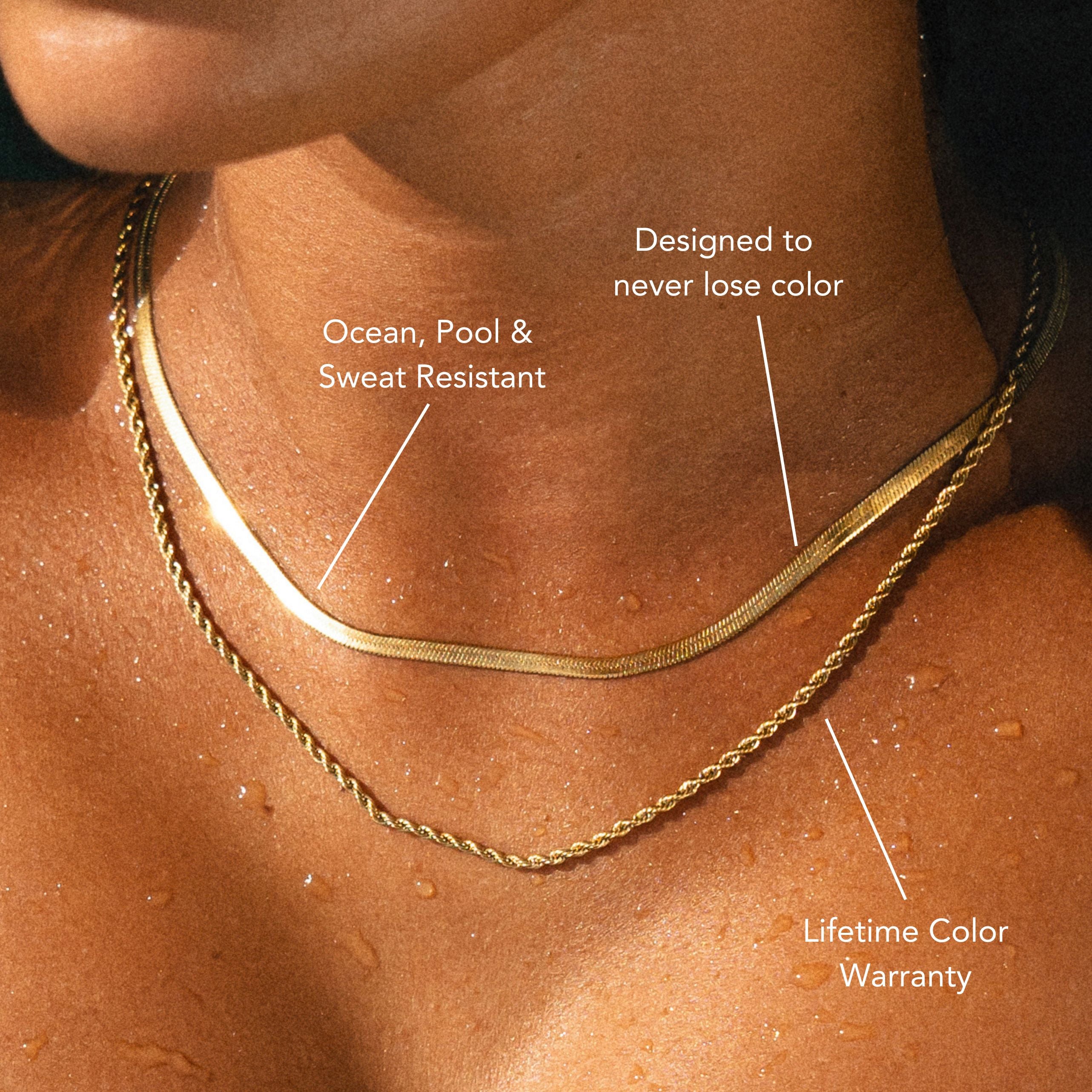
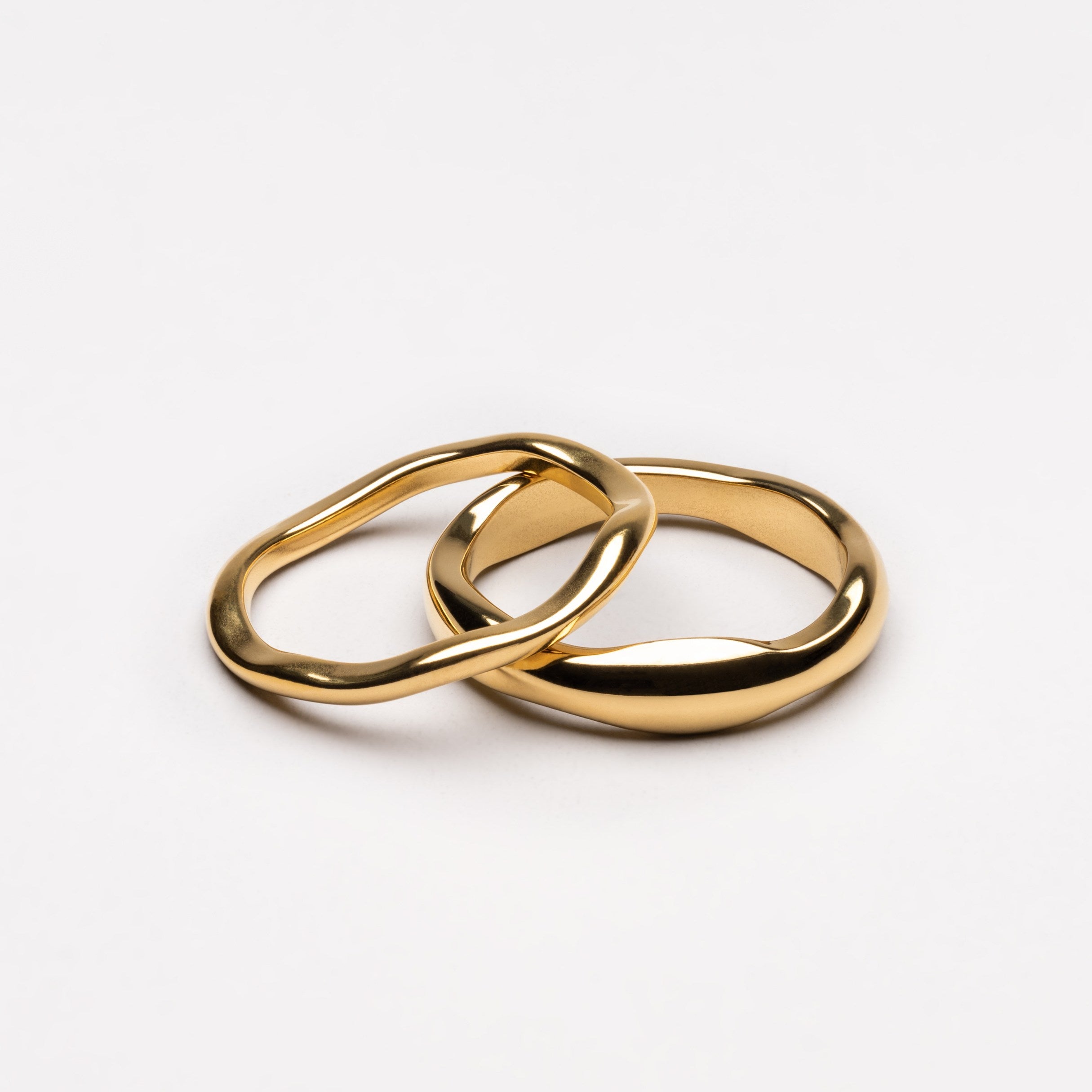

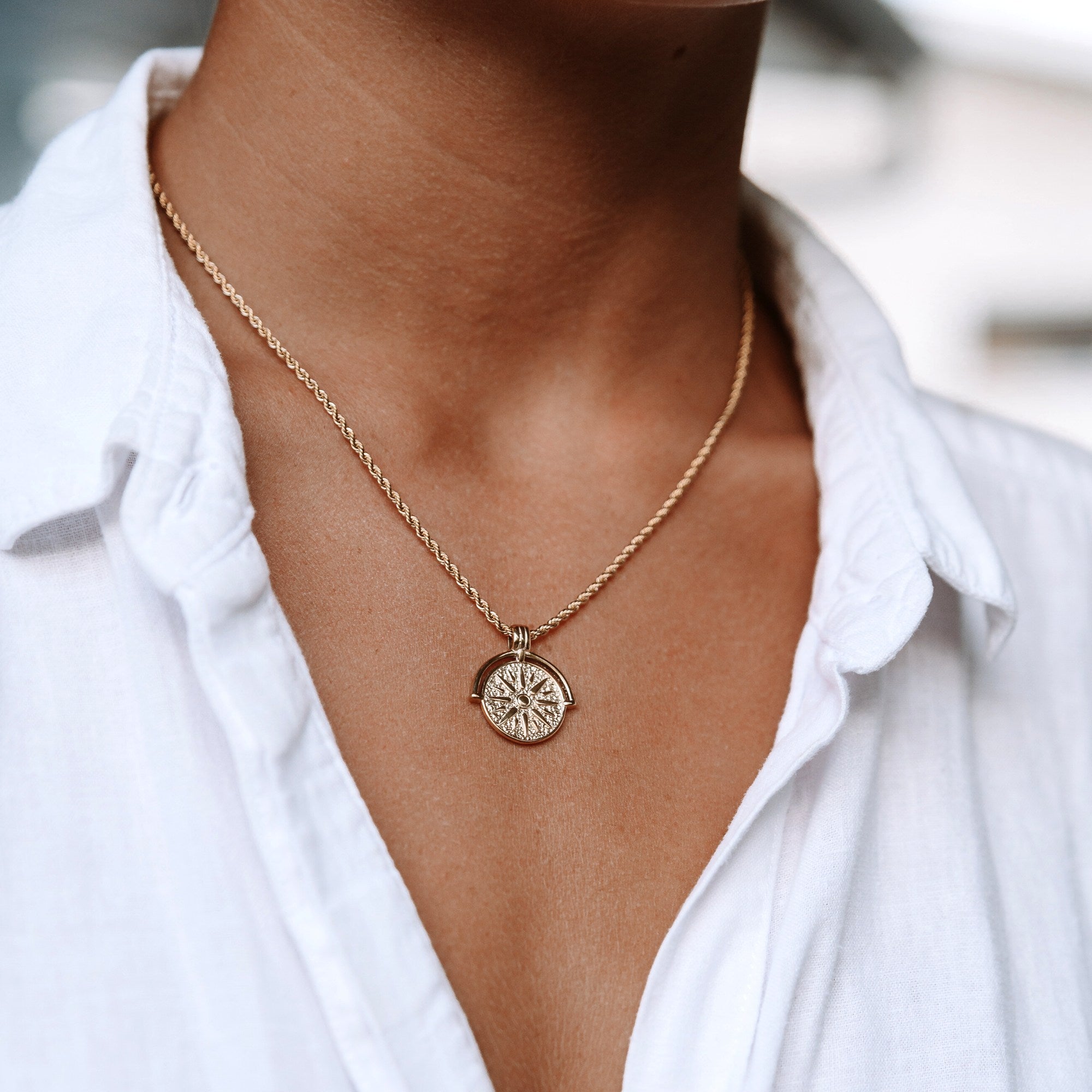
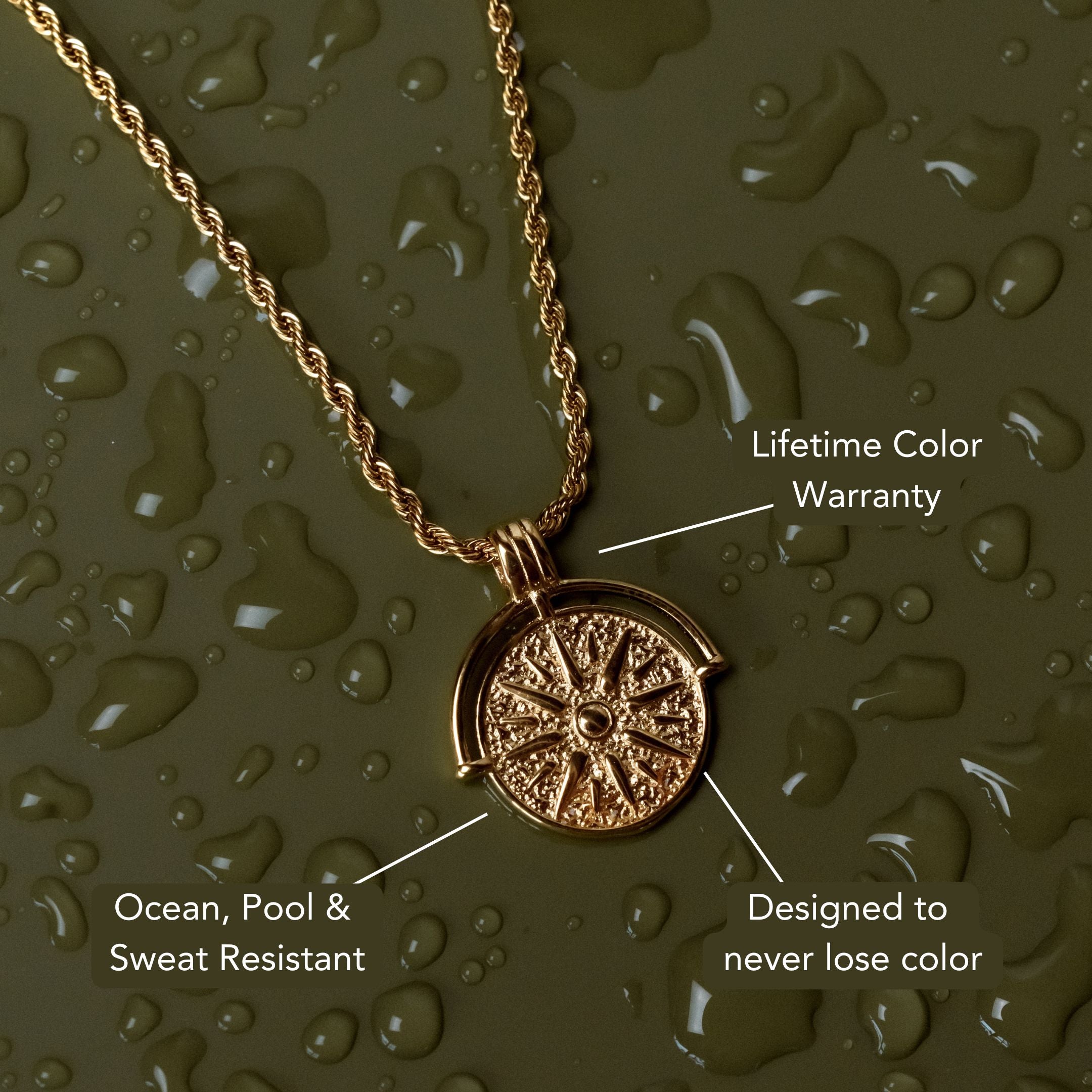

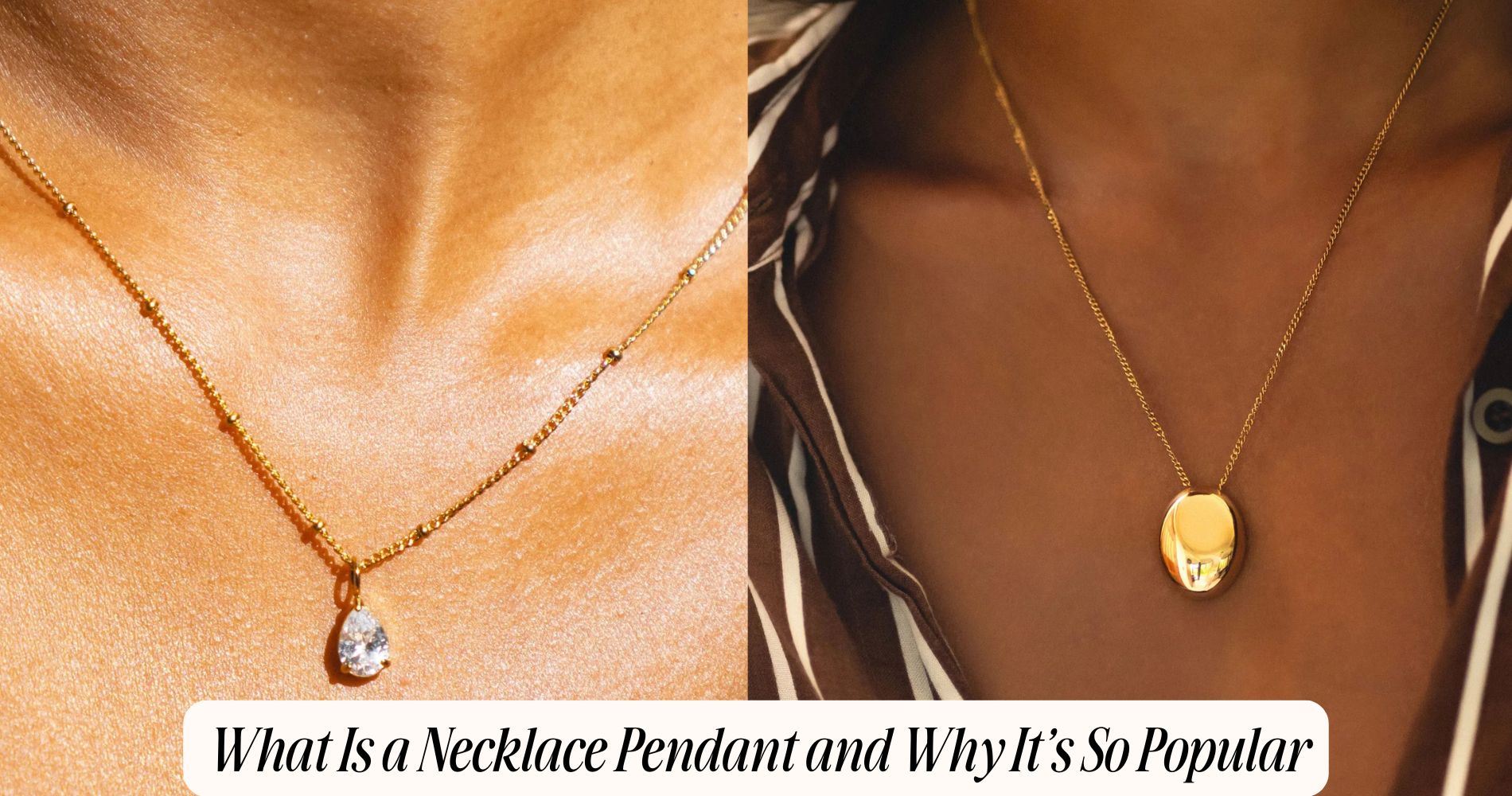




コメントを書く
このサイトはhCaptchaによって保護されており、hCaptchaプライバシーポリシーおよび利用規約が適用されます。